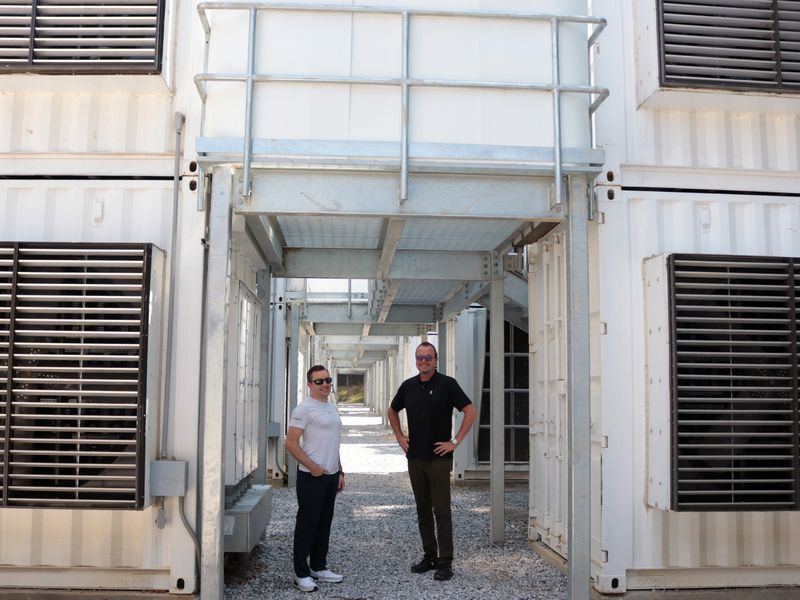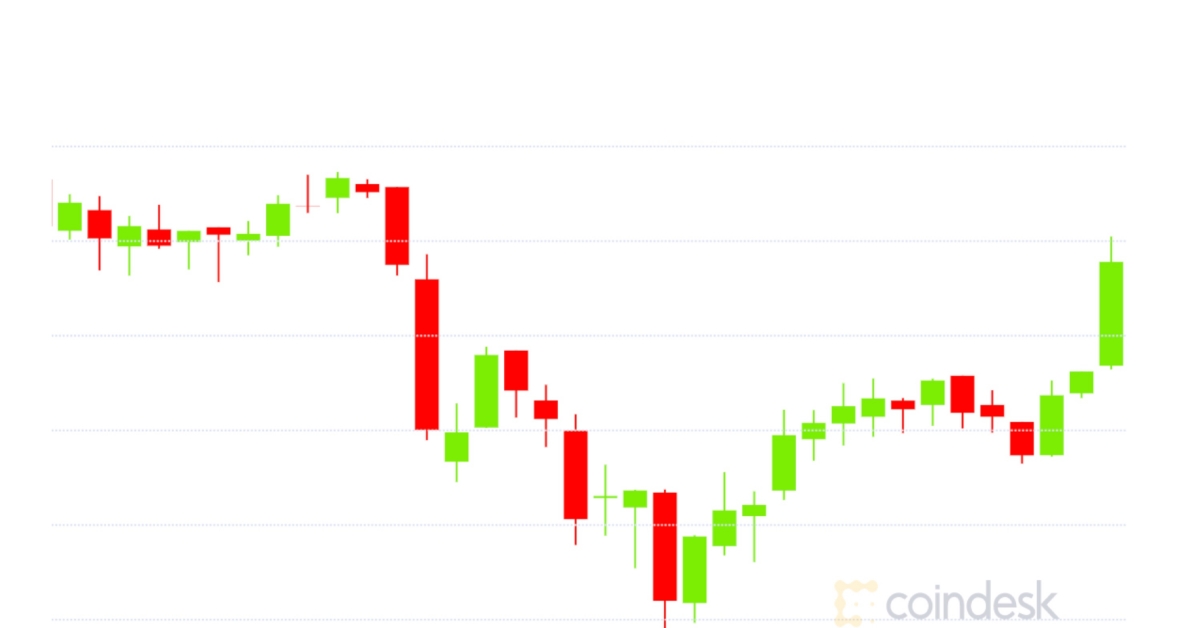Swiss Wholesale CBDC Trial Shows ‘Feasibility’ for Central Bank Money on Distributed Ledger, BIS Says
Swiss Wholesale CBDC Trial Shows ‘Feasibility’ for Central Bank Money on Distributed Ledger, BIS Says
An under-the-wraps Swiss trial testing how central bank money can be linked to financial markets built on distributed ledger technology (DLT) yielded positive results, the Bank for International Settlements (BIS) announced Thursday.
Launched by the Swiss National Bank (SNB) in collaboration with BIS’ Innovation Hub and Swiss stock exchange operator SIX, the project looked into the feasibility of using a wholesale central bank digital currency (CBDC) to settle digital assets as well as link DLT platforms to existing payment systems.
According to the BIS report, the project has demonstrated feasibility for both approaches. Titled “Project Helvetia,” BIS said when using a CBDC limited to banks and financial institutions, a wholesale CBDC has potential advantages although it also raises some policy and governance challenges.
On the flip side, while linking existing payment systems such as the SNB’s inter-bank payment network to digital asset platforms could avoid the hurdles raised by a CBDC, the findings noted it could also scale back the potential benefits of fully integrating distributed ledgers.
“Overall, having tokenized cash and assets on a single DLT platform simplifies the settlement of transactions and supports a broad variety of use cases. However, issuing a w-CBDC is likely to require significant changes to the processes and operations of a central bank,” according to the BIS report.
The report added that while integrating DLT into existing payment systems would be a relatively simple approach and would resemble the current system, it would also cut back on efficiencies raised by integrated tokenized central bank money and securities because it would function more like a link than a common base.
Noting that the experiment is no indication of the SNB’s intentions to issue a wholesale CBDC on SIX Digital Exchange’s (SDX) platform, the announcement said that different design choices to trade off some risks and benefits in issuing a CBDC would also need to be explored.
SDX had said in a March report it plans to launch its blockchain-based stock exchange at the end of this year. Project Helvetia, said the report, was the first wholesale CBDC experiment by the Swiss central bank and complements the planned launch of of the blockchain-based SDX.
“If DLT can deliver significant improvements in securities trading and settlement, then the SNB will be prepared,” Andréa M Maechler, member of the SNB’s governing board, said in the announcement.
Because the wholesale CBDC model used for this test functions more like swapping cash for tokenized money, it would likely have limited monetary policy implications. But the report also noted this model could potentially “lead to some segmentation of the money market, which could negatively affect [its] efficiency and liquidity.”
The report said the next step would be to better understand the policy and fiscal implications of integrating wholesale CBDCs into core banking systems and explore their functionality across borders.








